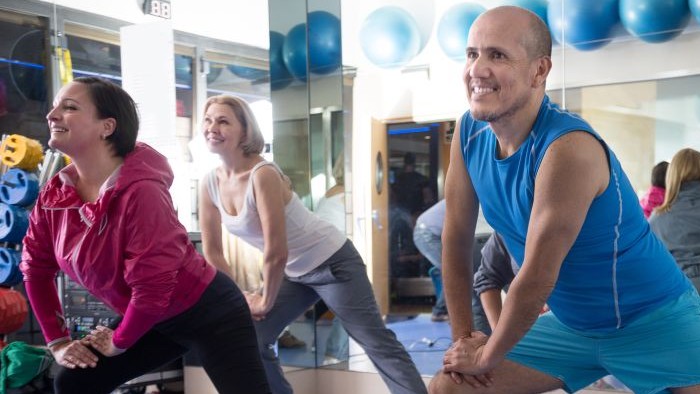The value is comprised of £96.7 billion in wellbeing value for adults, children and young people participating and volunteering in sport and physical activity - and a further £10.5bn in wider savings to the health and social care system. This includes billions of pounds in savings for the NHS through the prevention of illness, reduced visits to the GP and a reduced need for informal (unpaid) care.
The research was commissioned by Sport England and carried out in partnership with Sheffield Hallam University, Manchester Metropolitan University and State of Life.
Through analysis of Sport England’s Active Lives data and reviewing wider evidence for the health benefits of being active, including the costs associated with the treatment and care of illness and poor health, the research illustrates the profound social and economic power of sport and physical activity for communities across England.
What does the research measure?
The research measured two types of social value; the direct value to individuals through improved wellbeing (being happier and healthier); and the wider value to society (such as savings made to the public purse).
Wellbeing value (WELLBY) is the monetary value that can be placed on happiness, health and life satisfaction. Active adults (those who do more than 150 minutes of physical activity a week) enjoy the greatest wellbeing value: the equivalent of £2,500 per person per year, compared to inactive adults.
Other highlights from the report include:
- Active lives relieve some of the NHS burden, preventing 1.3 million cases of depression, 600,000 of diabetes & 57,000 of dementia (the UK’s leading cause of death) - saving billions a year
- Active lives save £540 million on reduced GP visits & £780 million on reduced mental health service use
- Being physically active generates a wellbeing value of £2,500 per adult a year - while being 'fairly active' also brings significant benefits of £1,200 per adult
- Active children and young people (aged 11 to 16) generate a wellbeing value of £4,100 annually; for fairly active children, it’s £3,100
- Wellbeing values are higher than average for many groups that are most likely to experience inequalities in participation - such as older people, people with disabilities or a long-term health condition, as well as people from Asian backgrounds
- For adults who are disabled and/ or live with a long-term health condition, being active generates a wellbeing value of £5,100 a year – more than double than for the average active adult
- For adults with 2 or more intersecting characteristics of inequality - such as an older person who is disabled - wellbeing values from an active lifestyle are £3,800 per ‘active’ adult annually - around 50% higher per person than the population average
- However, the social cost of inequalities in adult activity levels is calculated at £15.6 billion a year
Co-author of the report, Professor Girish Ramchandani from Sheffield Hallam University’s Sports Industry Research Centre, said: “Our research reaffirms how being physically active contributes to the prevention of many non-communicable diseases and other chronic health conditions. The considerable health value that taking part in sport and physical activity creates for society on an annual basis, combined with the value associated with improved wellbeing for participants, strengthens the case for continued investment in initiatives and facilities to encourage regular participation.”
Sport England Chief Executive, Tim Hollingsworth said: “Our research is unequivocal in making the case for sport and physical activity to be a central part of the solutions to the issues facing our country. We build wealth through health: people playing sport and leading active lives turbo-charges wellbeing, prevents illness, relieves NHS pressure and can boost our health and economic growth.
“However, the shocking cost of inequalities in activity levels is a social and economic burden. If we can protect and invest in opportunities to play sport and be active, particularly for communities and people that face the most barriers to taking part, we will be healthier, wealthier, and happier. That’s why our 10- year strategy Uniting the Movement is laser-focused on tackling inequalities and today’s research proves again that this approach matters.
“Health experts have called physical activity a miracle cure. We stand ready with our partners across the sector to work with the government to unleash the miracle cure for our NHS, our economy and our future.”
Professor Chris Whitty, Chief Medical Officer for England, said: “Being physically active is one of the best things we can do to stay healthy and independent throughout our lives, and sport is one of the most enjoyable ways to achieve this. The greatest health gains are from helping people who do little activity to do a bit more. This report shows that we need make it easier for particular groups to engage in physical activity including sport.”

